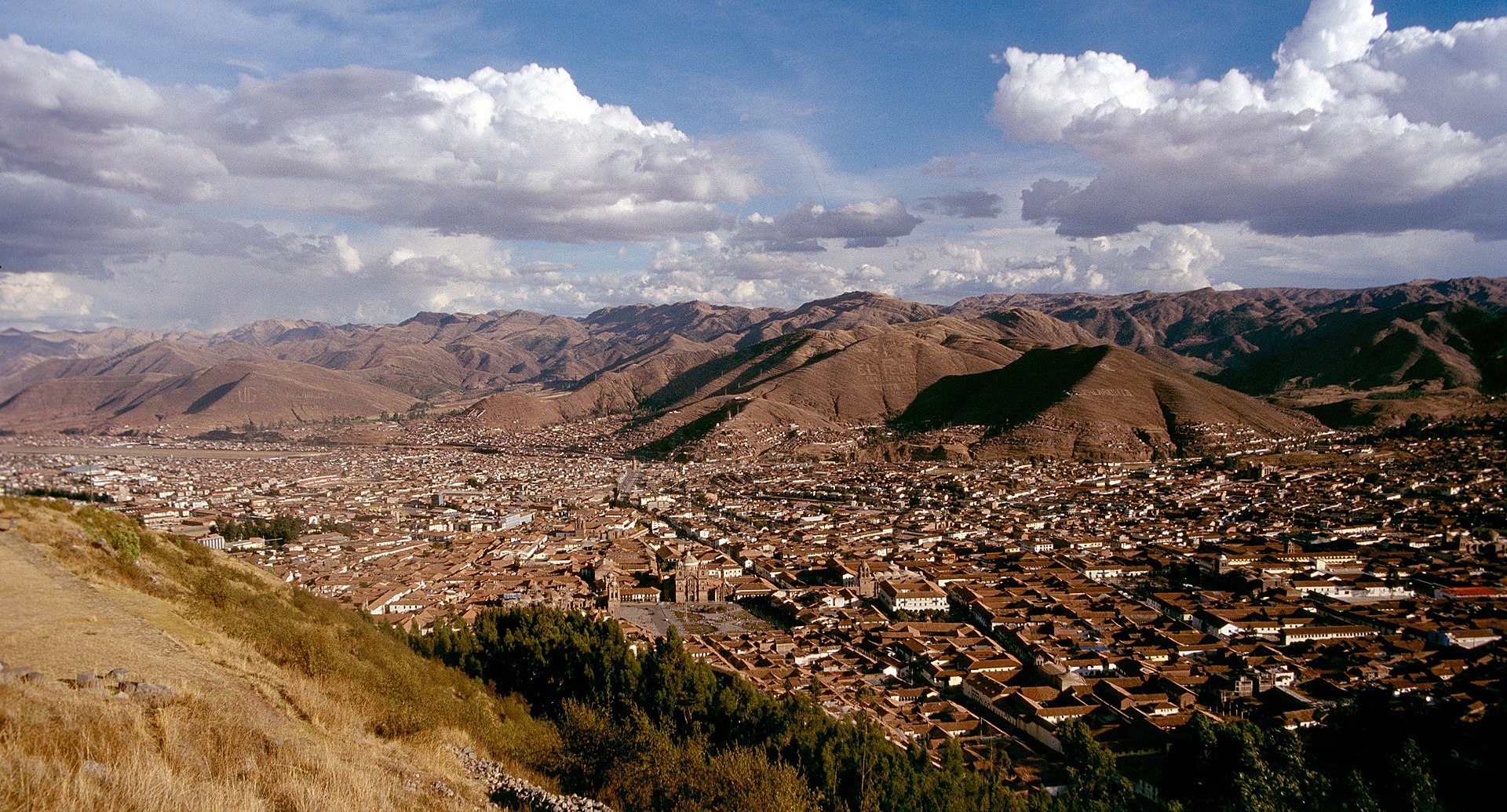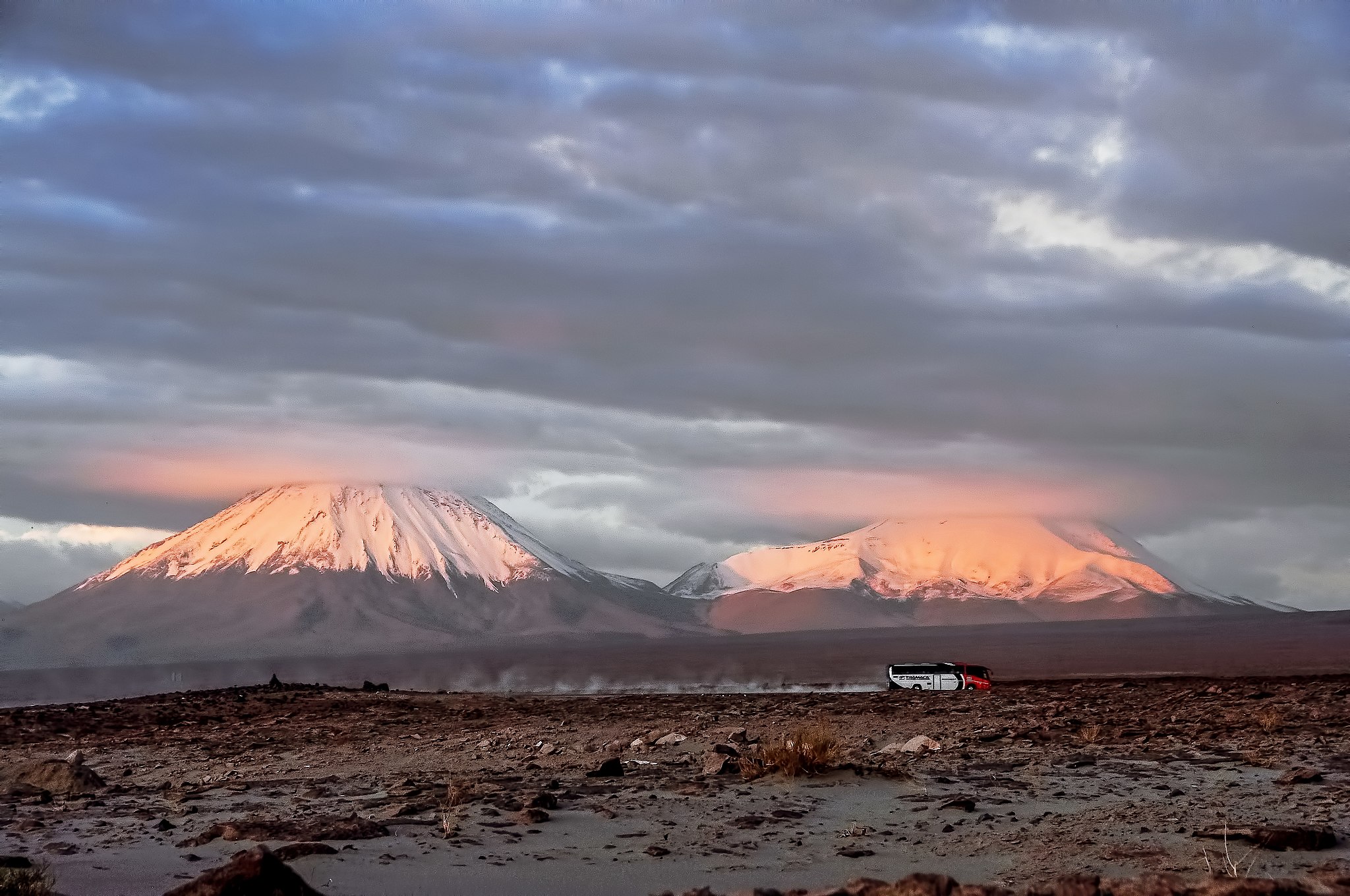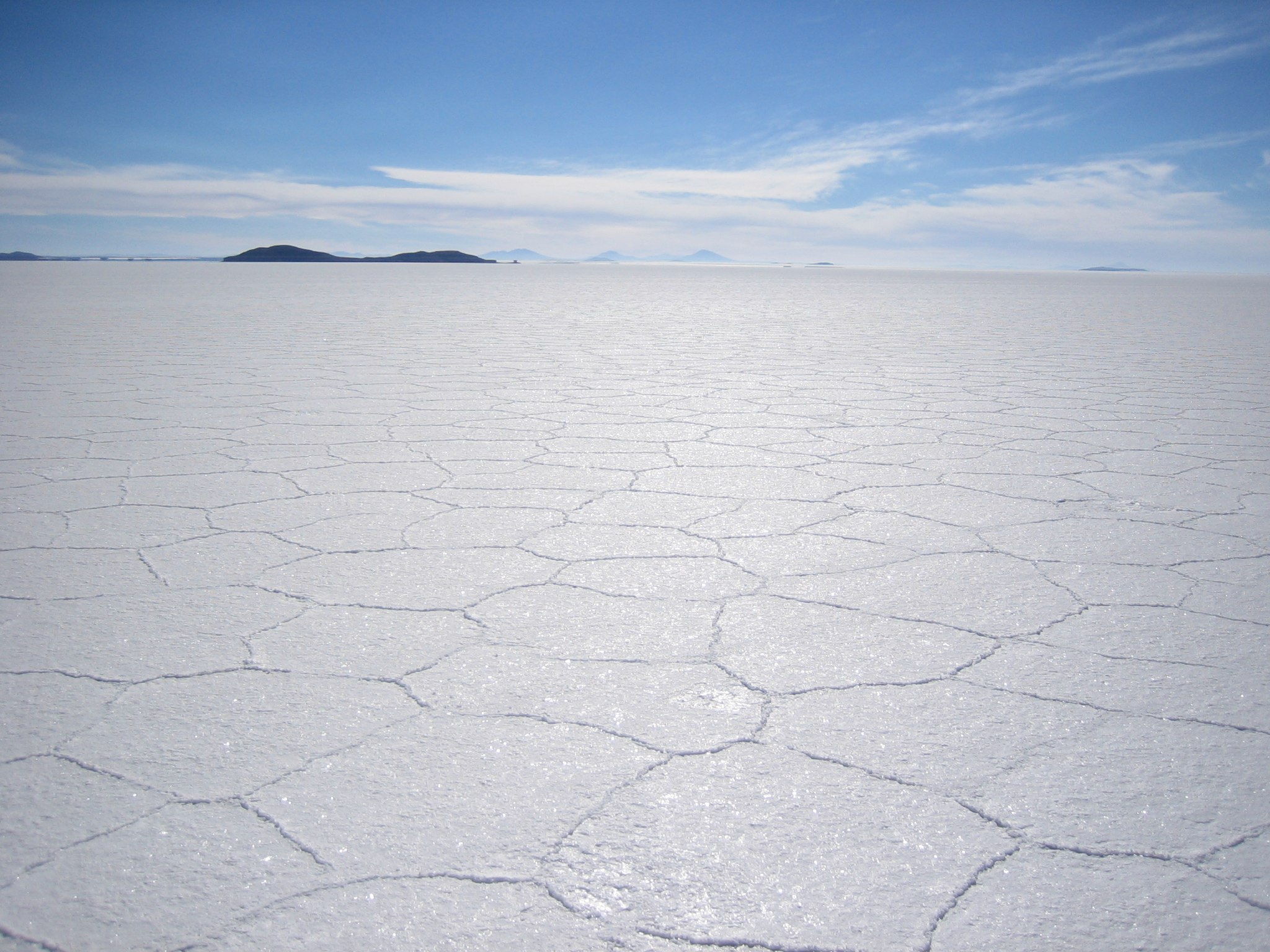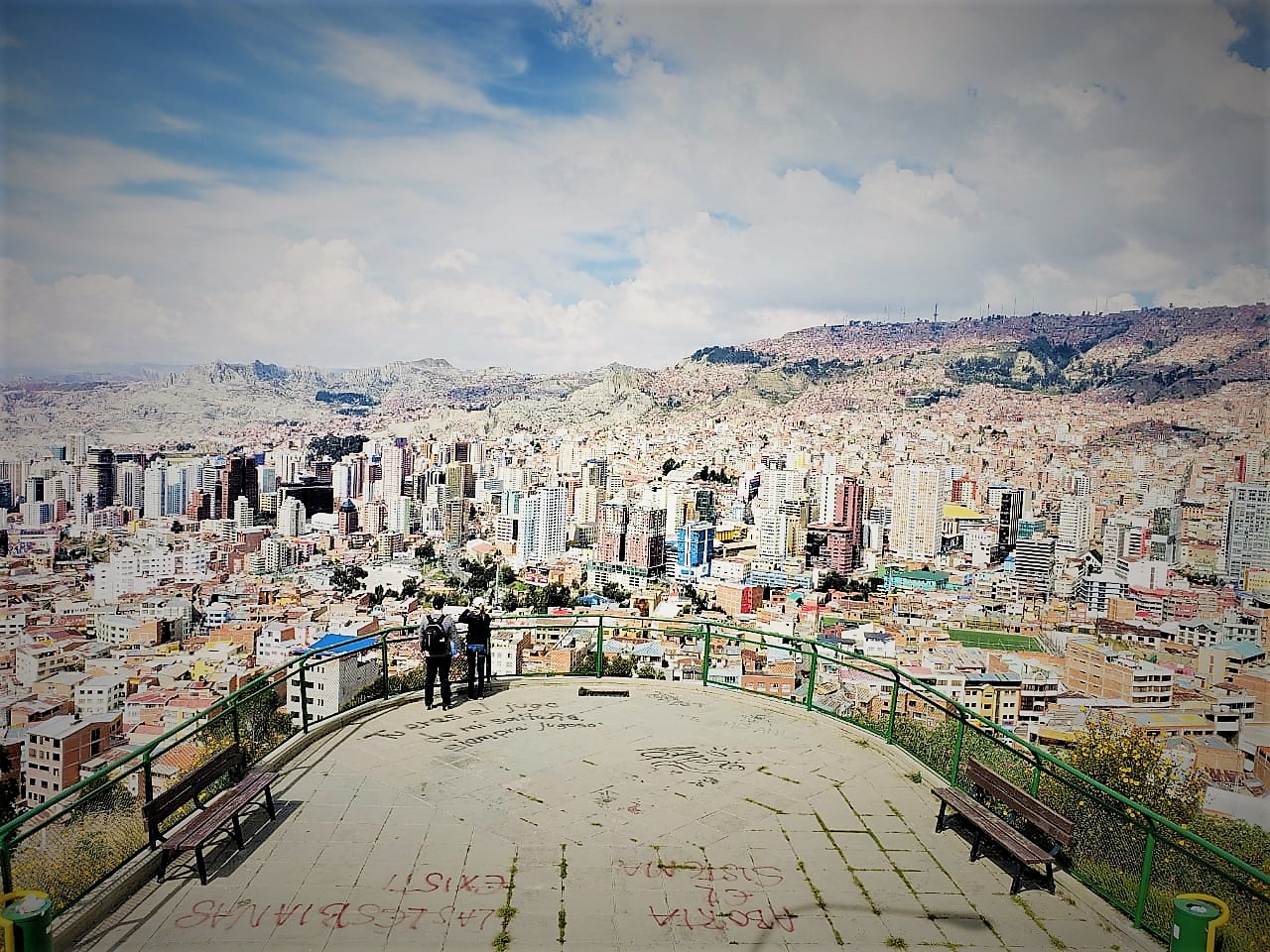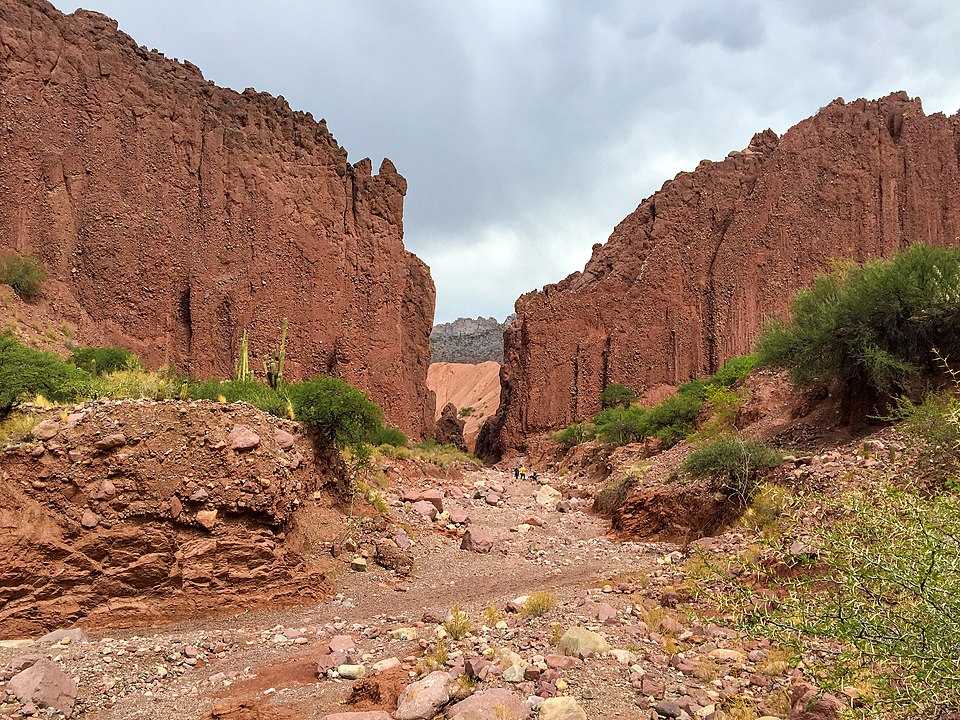Bolivia is a land of incredible contrasts, where the magnificence of its natural landscapes competes with the beauty of its cultural sites. If you are interested in knowing the unique geographical formations of the Salar de Uyuni, you will be within the city of Potosí and not far from the wonderful city of Sucre, both declared World Heritage Sites by UNESCO due to its cultural richness and its colonial architecture. . Walking through the streets of Sucre is like being in another time, and walking through the Salar de Uyuni is like stepping on another planet.
The Salar de Uyuni is the main tourist destination in Bolivia; It is a wonderful and surreal landscape. The desert was formed when a saltwater lake dried up, forming the current salt plain in the middle of the Bolivian altiplano. The tours include visits to the train cemetery and the blue and red lagoons.
If you want to know how you can travel from Sucre to Uyuni we give you the routes, schedules, and all the information you need. In addition to a travel option with a stopover in Potosi that will allow you to get to know this city before reaching your final destination in Uyuni.
Follow us!

Sucre to Uyuni by bus
Sucre is the constitutional capital of Bolivia and where the Declaration of Independence was signed. Famous throughout Bolivia for its well-kept state and pleasant climate, Sucre, “the white city”, is probably the most peaceful city in Bolivia. Today, the city is one of the most important tourist destinations in Bolivia, known for its white buildings and red roofs, churches, and convents from the colonial era, and for its sunny and warm climate. At an altitude of more than 2,000 meters above sea level, Sucre is considered one of the most beautiful colonial cities in Latin America. From Sucre, you can travel directly to Uyuni, the gateway to the Salar de Uyuni, one of the best-known tourist destinations in South America and the largest salt flat in the world.
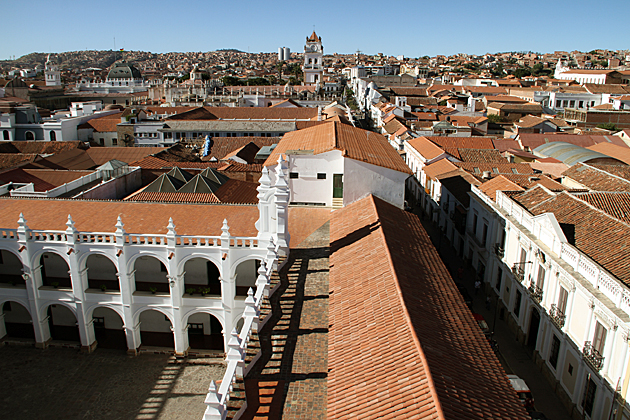
The bus trip from Sucre to Uyuni takes about 8 hours and its distance is approximately 361 km. There are two transport companies that make this trip directly: 6 de Octubre and Autobuses Emperador. These companies depart from the bus terminal in Sucre, which is located on Avenida Ostria Gutiérrez, and in Uyuni, the buses will leave passengers on Avenida Cabrera, in the center of the city.
Here we share the travel itineraries from Sucre to Uyuni:
| Bus Company | Bus Type | Departure | Arrival | Price |
| 6 de Octubre | Cama | 21:00hrs | 05:00hrs | 70Bs |
| Autobuses Emperador | Cama | 21:00hrs | 05:00hrs | 90Bs |
Buses from various Bolivian cities normally arrive in Uyuni early in the morning. In the city, you can find lodging services that are open very early waiting for the arrival of visitors from all over the country. In these places, you can wait for sunrise and tours to the Salar de Uyuni sharing a cup of coffee and a small snack with other travelers.
Tours to the Salar de Uyuni can be hired on the same day of your arrival at this place. There are different tour companies that offer tours of 1, 2, and 3 days and they usually depart from Uyuni to the Salar around 10:00 am. We recommend you take the 3-day tour to get to know everything that Uyuni has to offer. You can also buy the tour from Tickets Bolivia.

Return trips to the city of Sucre are made by the same transport companies that brought you to Uyuni. They usually depart at night as the Salar tours return around 10:00pm. Here we share the itineraries for the return trip:
| Bus company | Bus Type | Departure | Arrival | Price |
| 6 de Octubre | Cama | 22:00hrs | 06:00hrs | 70Bs |
| Autobuses Emperador | Cama | 22:00hrs | 06:00hrs | 90Bs |
Trip via Potosi
Potosí is an important mining center, famous for its Cerro Rico, an ancient source of silver for the Spanish Crown for centuries, and one of the richest mines in history. Today, the city preserves its colonial architecture and tourists can visit the Cerro Rico mines and the Casa de la Moneda, the colony’s mint. The distance between Sucre and Potosí is 156 kilometers. The trip between the two cities takes about 3 hours and travels on a paved road. The route is popular with tourists and local commuters, as the two cities are connected not only by history but by very close economic ties as well as having little distance between the two cities.

Buses leave from Sucre to Potosí every day at every hour, between 06:00am and 07:00pm. To travel from Sucre to Potosí, you must take a bus from the Sucre Terminal, located on Avenida Ostria Gutiérrez. You will have to pay, apart from the ticket, a small amount for the use of the terminal, which has a cost of 2.5 Bs. The buses arrive at the new Potosí terminal, located on Av. Las Banderas. You continue the trip with the Potosí – Uyuni section, the buses leave every day from 7:30 a.m. to 9:00 p.m. in semi-bed buses.
To take the return bus, Uyuni trips from Potosí depart from the “old” terminal, located on Avenida Universitaria. The bus trip takes about 3 hours. The buses leave throughout the day from 7:30 a.m. to 9:00 p.m. in semi-bed buses. The trip from Potosí to Sucre is available every day from 6:00 a.m. to 7:00 p.m. on normal buses.
To buy your tickets online today safely from home and avoid crowds, visit our Tickets Bolivia portal.
Have a nice trip!




